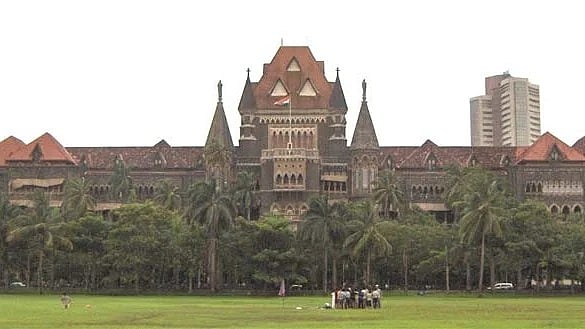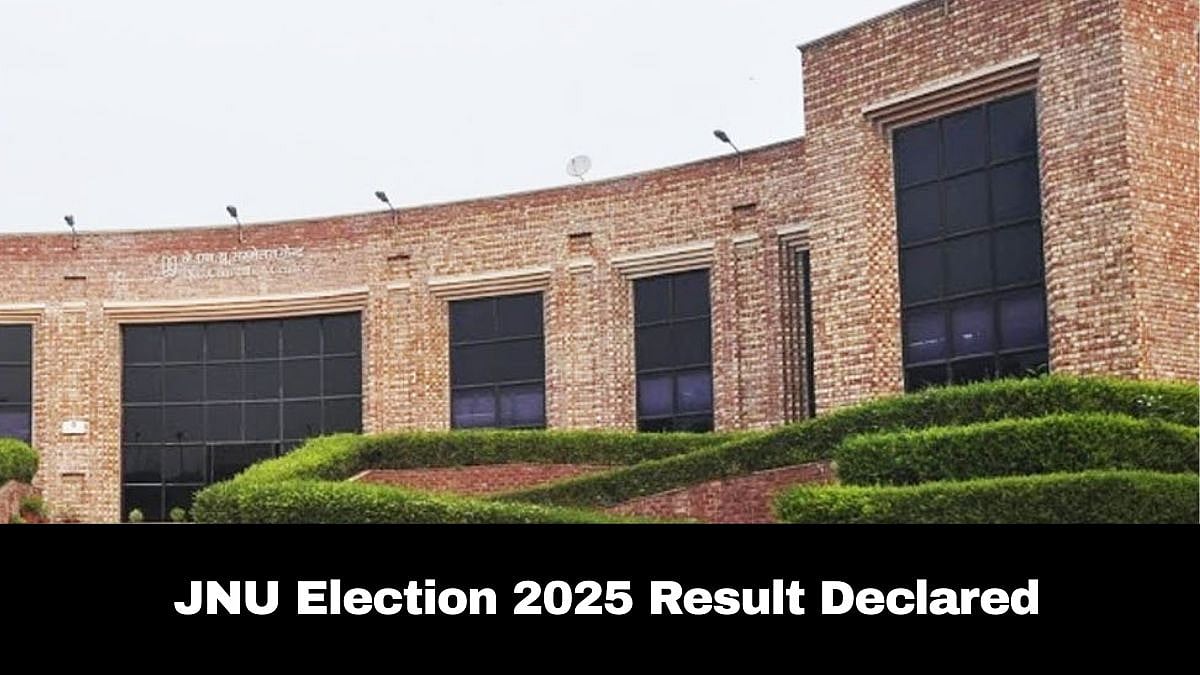(The Free Press Journal publishes articles by study abroad consultants, Consulates, foreign universities, international students, and much more every Saturday to give its readers a glimpse of the world of overseas education.)
Taking a look back to the early part of the 19th century, our nation was a land of vibrant educators, leaders, and fighters who revolutionised India and embedded the resources of learning into the system.
With a rampant drive for internationalisation, our nation stood out and foreign exchanges began pervasively. Counting on the revenue growth of the varied industries, and commercial entities, the terms ‘exports and imports’ were penetrated into the financial system.
India’s chance to regain lost opportunity in attracting students from abroad
But despite the progress, India is yet to recognise its potential in the academic vertical. India, with its 28 states and 8 union territories, has a vast opportunity to welcome a flock of foreign aspirants to its educational Institutions.
When you compare the number of Indian students moving abroad for higher studies with the number of foreign students packing their bags for Indian institutions, the latter is remarkably less but the rapidity of transformation has enabled the country to slowly stabilise in making itself a centre for excellence in international education.
More Indian states need to take initiative
However, it is no wonder that the structural deficiencies, over-reliance on traditionalism, resistance to change, and political paradox are some of the major hurdles in maximising the rate of arrival of foreign students in India. Some of the states which could successfully attract students of non-Indian origins are Karnataka, Tamil Nadu, Maharashtra, Telangana, and Delhi. State-specific reasons are attributable to the movement of foreign students to these regions.
For example in Karnataka, which has the highest number of foreign students in India, the number of private Institutions is predominantly high, apart from the availability of customised services, job opportunities, etc which are attractive to migrant students. Maharashtra also marks a maintainable flow of students from countries other than India.
The observation reinstates the idea that most foreign students are coming from developing and underdeveloped countries. Rarely do students from developed countries like the US, UK, China, Germany, and so on visit India for their future education.


Dr. Nabanita Ghosh |
The Indian govt needs to step up to the challenge
The Indian Government needs to encourage organic growth in education by promoting more “out- of classroom -learning” in terms of service learning, field projects, and survey work instead of concentrated “within-the classroom-learning”. Our learning centres need incubation and investment in modern tools and techniques to keep up with the internationalisation of students. Private universities, in Bangalore for example, have professional collaborations with different bodies ACCA, CII, CFA, CIMA, and many more which signifies Karnataka’s position as having the most foreign students.
Students can be attracted by solidifying the course framework, enriching the outbound scopes of learning, and making room for suitable job opportunities. India’s present aim to head forward towards industrialization, upscaling the rate of consumption would bring in multiple breakthroughs for job offers which could lead to foreign students getting a sense of security in venturing into the Indian education system.
The reasons due to which Indian students migrate to other countries for higher education are mainly because of application-based learning, simultaneous hands-on experience, and lucrative job opportunities. The comfort, pleasure, and amenities of so-called destinations need to be incorporated into the Indian system to attract foreign students to our country and also prevent brain drain for a better GDP.
Hope remains, as India experiences a V-shaped growth trajectory in a post-pandemic state and aims to appear as the World’s 3rd largest economy in 2047, that the paradigm shift in the Indian education sector becomes evident with the introduction of NEP (New Education Policy) and outcome-based learning which can attract many interested students in India, from other parts of the country. These reforms will sooner or later lead to the exchange of students across the globe and maintain parity.
The author is Assistant Professor at Christ University, Bangalore.









